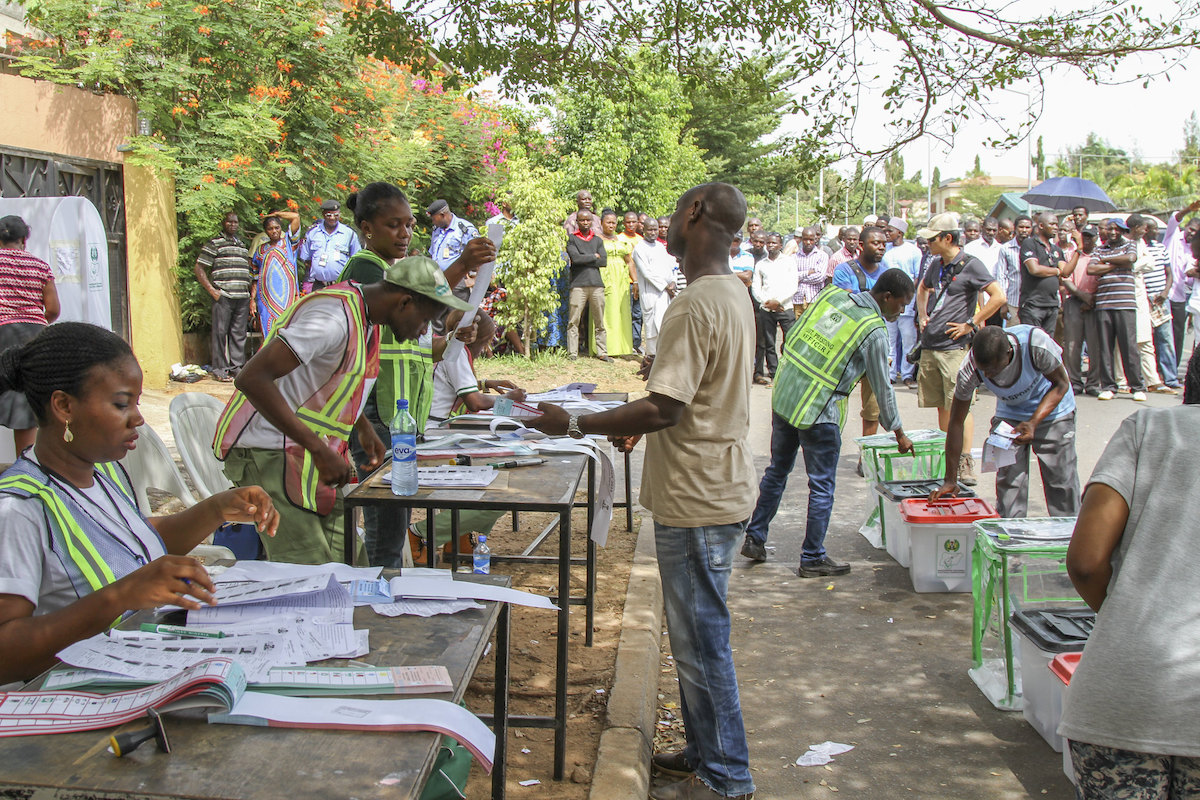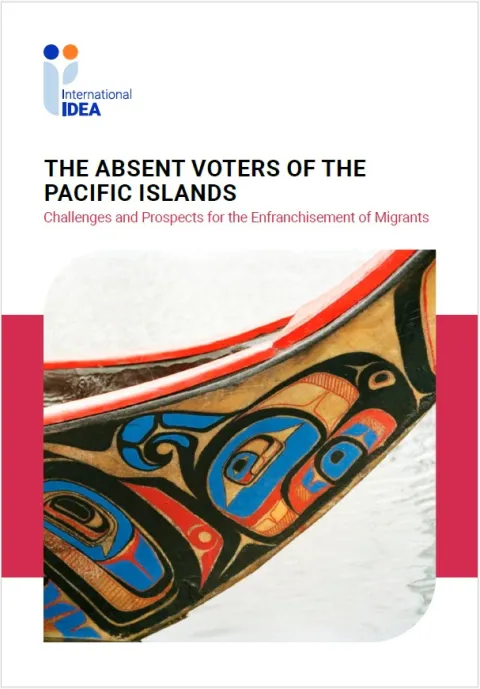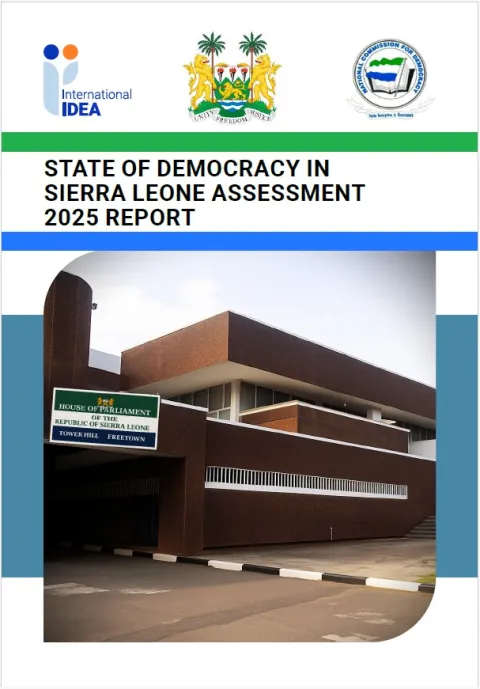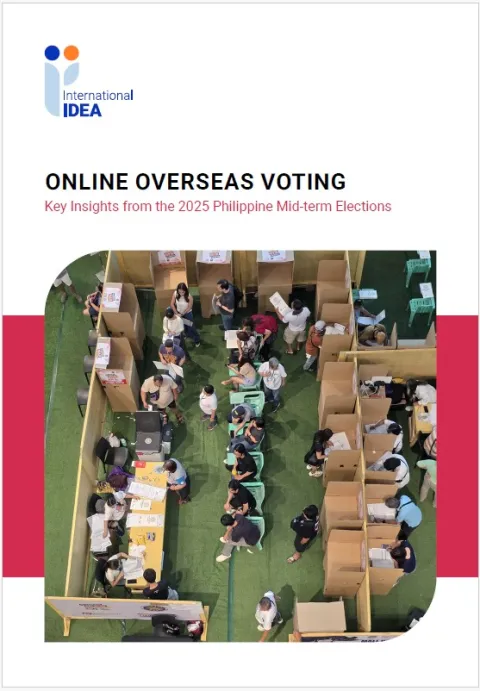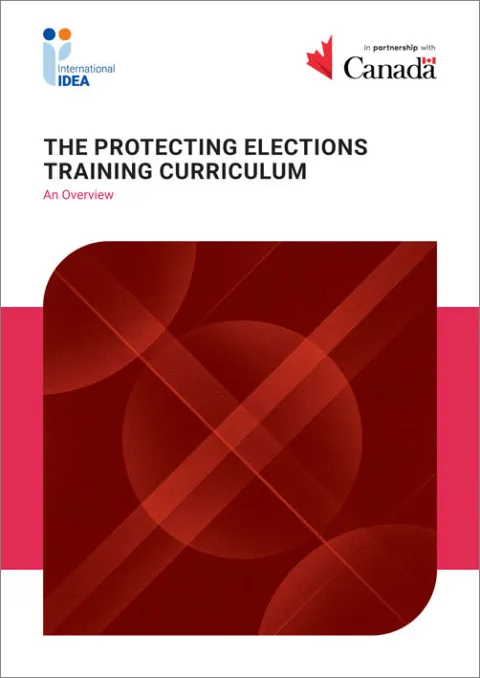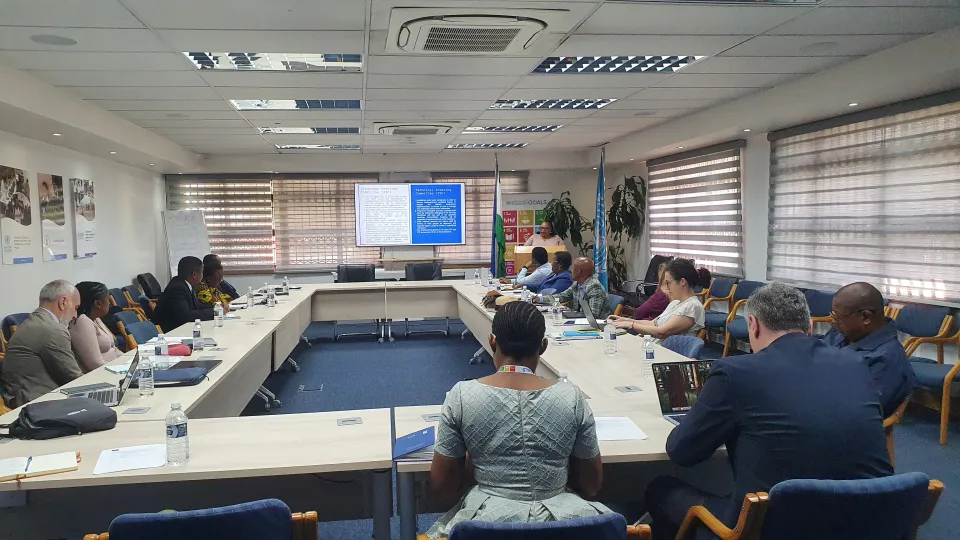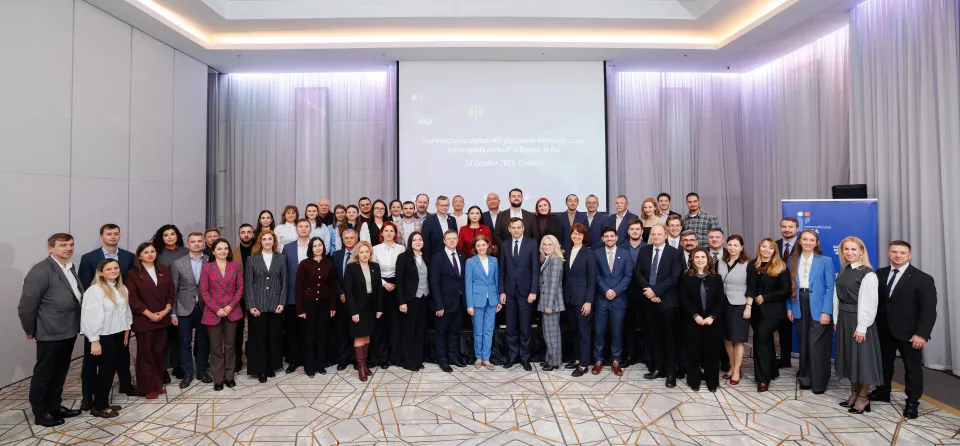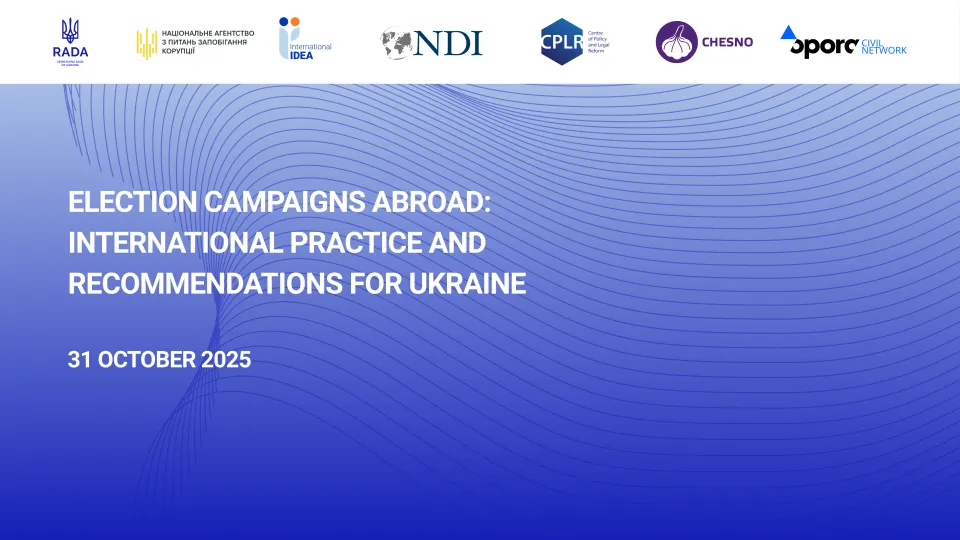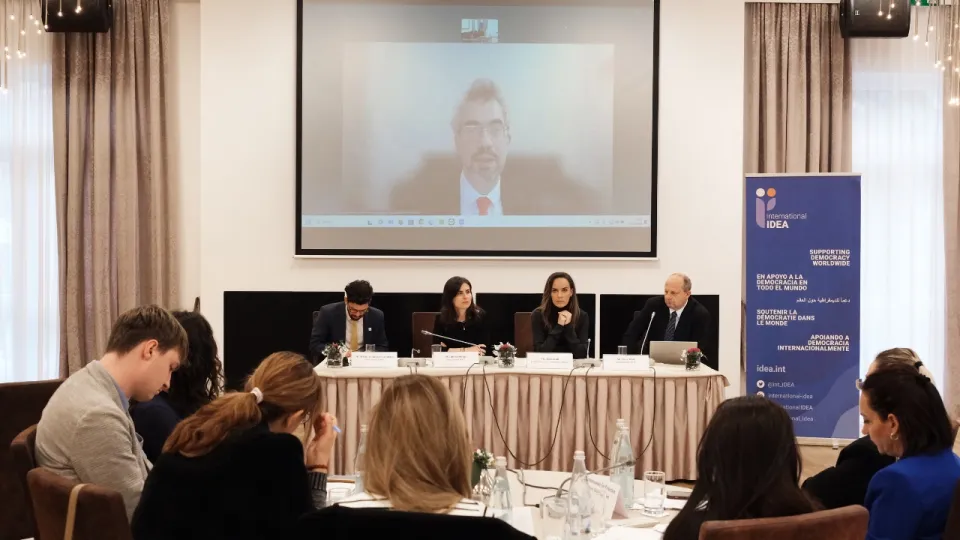Cybersecurity in Elections
Information and communication technologies are increasingly prevalent in electoral management and democratic processes, even for countries without any form of electronic voting.
These technologies offer numerous new opportunities, but also new threats. Cybersecurity is currently one of the greatest electoral challenges. It involves a broad range of actors, including electoral management bodies, cybersecurity expert bodies and security agencies.
Many countries have found that interagency collaboration is essential for defending elections against digital threats. In recent years significant advances have been made in organizing such collaboration at the domestic and international levels.
This guide tracks how countries are making progress on improving cybersecurity in elections. Based on an extensive collection of 20 case studies from all over the world, it provides lessons for those wanting to strengthen their defences against cyberattacks.
Details
Staff authors
Related databases & tools
Contents
Preface
Acknowledgements
Definitions and scope of this document
1. Introduction
2. Cyberthreats throughout the electoral cycle
3. Models of interagency collaboration
4. Operationalizing interagency collaboration
5. Conclusions and recommendations
Annex A: Case Studies
References and further reading
About the authors
About International IDEA
Give us feedback
Do you have a question or feedback about this publication? Leave us your feedback, and we’ll get back to you
Send feedbackCybersecurity in Elections
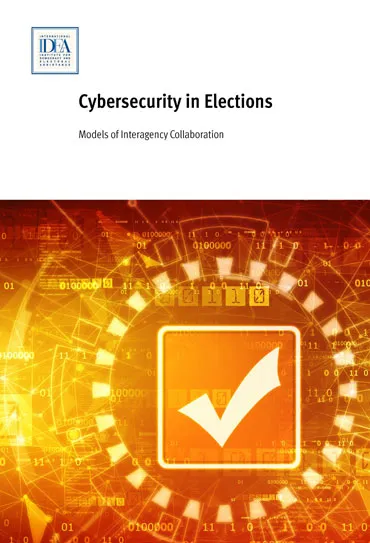
| Total views | 19584 |
|---|---|
| Downloads | 410 |
| Rating |
Staff authors
Related databases & tools
Give us feedback
Do you have a question or feedback about this publication? Leave us your feedback, and we’ll get back to you
Send feedback